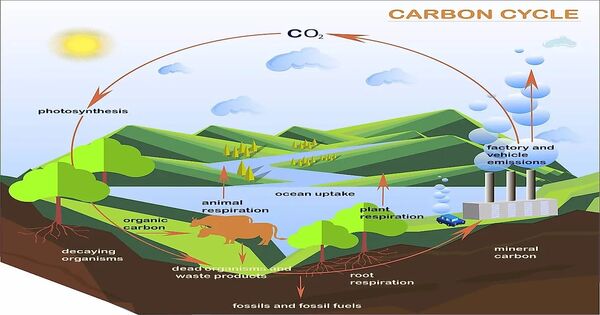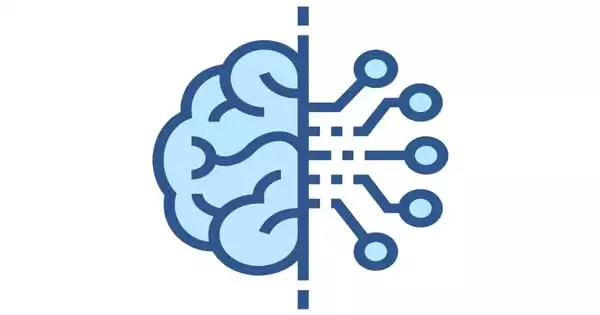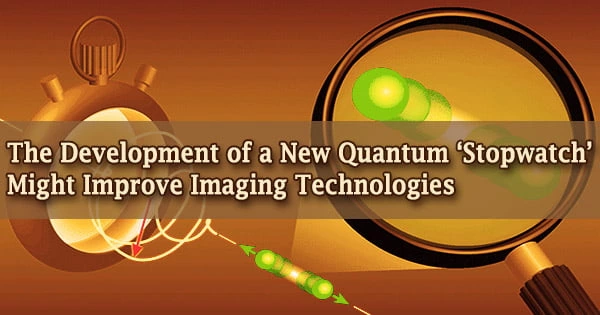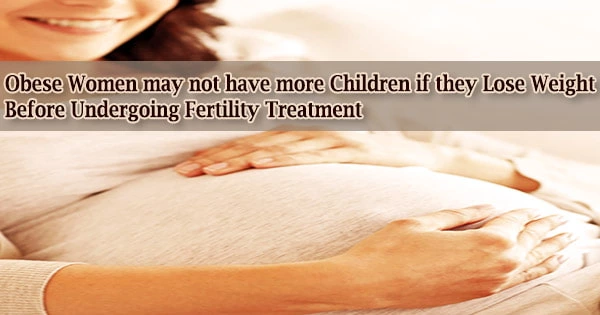A key method to attaining net-zero carbon emissions is to convert many sectors of the economy, such as personal vehicles and heating, to run on electricity supplied from renewable sources. However, carbon cannot be removed from all sectors of society. Plastics, which are widespread in today’s society, cannot be decarbonized due to their carbon-based composition.
A multi-institutional collaboration, led by chemist Wendy Shaw of the Pacific Northwest National Laboratory (PNNL), has established a new roadmap for decreasing emissions in hard-to-electrify sectors of the economy. The multidimensional strategy includes producing non-carbon fuels, locating non-fossil carbon sources, and keeping carbon in play once it enters the cycle, with the goal of allowing each carbon atom to be used repeatedly.
The authors of the plan argue that single-use carbon can no longer be widely used. Carbon must be kept in circulation through a circular economy in which each carbon atom is reused several times. Carbon can be reused in the same industry or utilized as a feedstock in a new industry. For example, creating polymer upcycling techniques and efficiently reusing carbon-based materials will be critical to achieving a net-zero carbon emissions future.
Advancing carbon recycling and conversion technologies is key to a clean energy future, and Argonne is committed to supporting its development. I commend the researchers who are collaborating across the Department of Energy national lab complex to drive these transformative innovations to achieve net-zero by 2050.
Paul Kearns
“We need novel and creative solutions to realize our decarbonization goals,” said PNNL Director Steven Ashby. “And collaboration is critical for boosting use-inspired scientific research in catalysis and separations science, which will underpin these solutions. I eagerly await the results and their use in aviation, heavy-duty haulage, and maritime transportation.”
The ideas emerged from a workshop on “Closing the Carbon Cycle,” jointly hosted by PNNL, Ames National Laboratory, Argonne National Laboratory, Brookhaven National Laboratory, Lawrence Berkeley National Laboratory, Oak Ridge National Laboratory, and the SLAC National Accelerator Laboratory. Leads from each laboratory included Shaw, James Morris, Max Delferro, Sanjaya Senanayake, Francesca Toma, Michelle Kidder, and Simon Bare, respectively.
“Advancing carbon recycling and conversion technologies is key to a clean energy future, and Argonne is committed to supporting its development,” said Argonne Director Paul Kearns. “I commend the researchers who are collaborating across the Department of Energy national lab complex to drive these transformative innovations to achieve net-zero by 2050.”
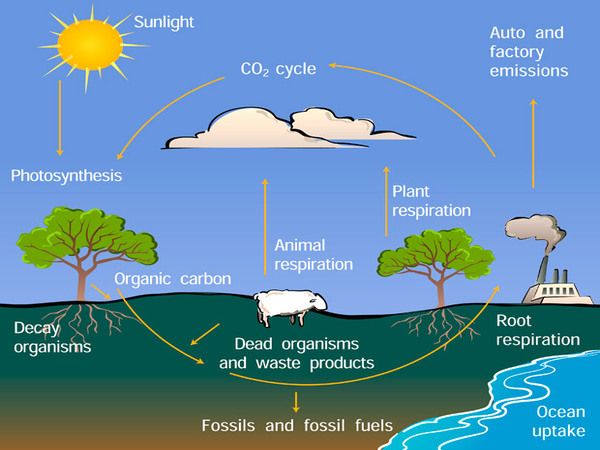
A roadmap to decarbonization
Hydrogen and ammonia both have potential as carbon-free fuels. However, both have clear challenges for implementation. In particular, the cost to store and transport hydrogen makes it impractical with current technologies. Work to develop carrier molecules and materials to enable safe and affordable hydrogen transportation will complement the Department of Energy’s Hydrogen Earthshot goal of renewably produced hydrogen for 1 $/kilogram or less. This cost reduction could help create viable hydrogen-based systems.
The proposed strategy revolves around the use of carbon from a variety of sources. Carbon will be crucial for many critical economic sectors. These sectors are ideal candidates for circular carbon cycling because they recycle and include different carbon sources. Biomass, food waste, and plastic trash are all potential sources of useful carbon. Because most non-fossil carbon streams are complex mixes, implementing this procedure will necessitate effective and efficient separations and conversions.
“Carbon should be seen as a valuable commodity that must be conserved and reused,” said Shaw, Chief Science and Technology Officer of PNNL’s Physical and Computational Sciences Directorate. “Our vision is to transform the role of carbon in our economy by reusing each carbon atom multiple times in a circular economy.”
Effectively transitioning “traditional” waste products into useful materials is still crucial. Combining the separation and conversion phases with reactive separations may be a realistic solution. Reactive separations combine chemical reactions with purifying separations, which can improve process efficiency and convert non-fossil carbon more effectively.
“We need new fundamental science developments to produce integrated industrial approaches,” Morris stated. “The resulting technologies will create new economic opportunities, educational development, and additional job growth.”
The blueprint envisions a waste-free future in which carbon is valued as a priceless commodity rather than a throwaway resource. Bringing sustainable carbon sources into the carbon-circle economy is critical to the future.
